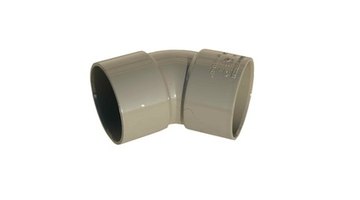How to Design a PVC Bed Frame
Bed frames can be made from many different materials. One unconventional and economical alternative you may not have considered is PVC pipe. PVC pipe is durable and easy to work with. Furniture made from PVC pipe will also hold up well outdoors.
Assembling the Bed Frame

-
Use a chart of standard mattress sizes to determine the proper size for your bed frame. Cut two pieces of PVC pipe several inches wider than your mattress. Also cut two pieces the length of your mattress.
-
Cut the longer pieces of PVC pipe in half. Use PVC pipe glue to attach the two cut side pieces to a T joint, so there are two equal length pipes extending from the arms of the T joint.
-
Attach another T joint to each end of the long pieces. Make sure the T joints all point in the same direction.
-
Connect the two short pieces to the two long pieces at the T joints, forming a rectangular frame with T joints in each corner. You will have six T joints, one for each corner and one in the center of each of the long sides.
-
Determine how tall you want the bed to be. Cut six pieces of PVC this length and glue one piece into each of the empty parts of the T joints to create legs.
Adding Support for the Mattress
-
Cut a length of nylon tow strap long enough to fit across the width of the PVC pipe bed frame with enough extra to wrap around the frame at both ends.
-
Wrap the end of the strap around the PVC side rail and secure in place by sewing with a tapestry needle and heavy thread. Pull the strap tight across the frame and sew the other end around the frame as well.
-
Continue adding straps across the bed for the entire length of the frame, spacing the straps about 1/2 inch apart.
-
Cut a length of strap longer then the length of the bed and sew one end around the PVC frame. Weave the strap through the straps going in the opposite direction and sew the strap to the other end of the bed frame.
-
Add more straps until the entire length of the bed is covered, weaving every other strap in the opposite direction. When finished, the woven surface will support the mattress and provide comfort.
References
Warnings
- Always use PVC pipe glue in a well-ventilated area.
- If using a power saw to cut pipe, always wear safety glasses.
Photo Credits
- coude en pvc de 45° image by Marie-Thérèse GUIHAL from Fotolia.com
More Articles


